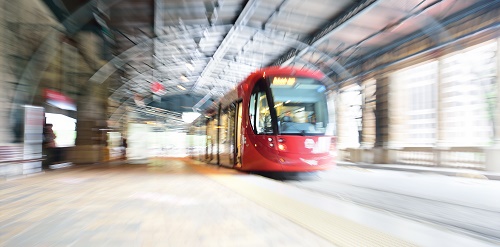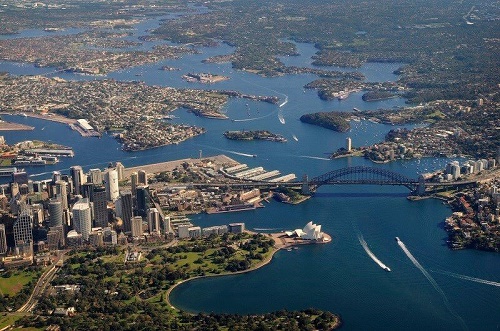What makes a city globally competitive? Where do Australian cities sit in the global context? How should we shape them? These questions are at the forefront of Urbis’ thinking as city and community shapers.
Predictions indicate that by 2050 well over half of the world’s 5 billion people will live in cities. Investment in cities and real estate worldwide is estimated to more than double from 2012 to 2020.
We have created a guide identifying 10 strategic opportunities for Australian cities to address when it comes to their design and place in the world.
These insights are based on our international practice, independent research, and the collective view of some of the brightest minds in city shaping.




